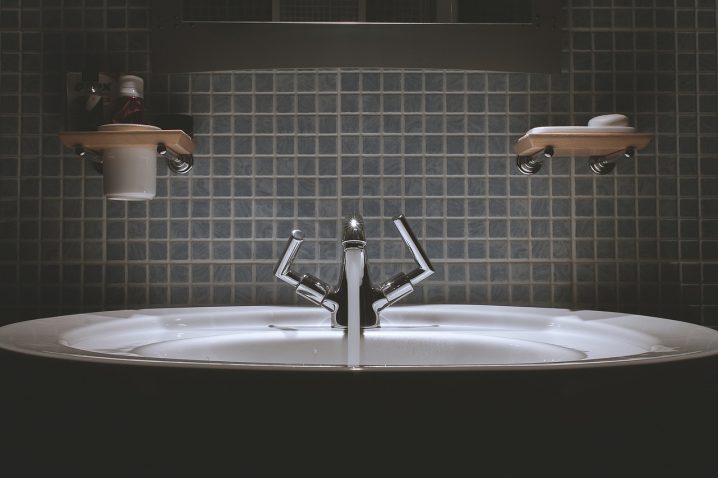Bathroom condensation is a common problem for a lot of homes. Droplets of water can form on mirrors, windows, walls, and stools when warm air collides with these cool surfaces. Warmer air can also hold more moisture that can oftentimes result in heavier condensation.
While this may seem harmless at first, this excessive condensation, if allowed to persist, can result in creating a damp and dank environment that’s prone to developing mold and mildew, both of which are harmful to your health as well as the materials in your home.
Below are some solutions to help keep condensation and mold to a minimum.

- Proper Ventilation
When the bathroom is properly ventilated it will stay drier by providing a good outlet for moisture that is unwanted. An easy way to ventilate a bathroom is to keep a window open while bathing. This allows for heavy water vapor to go outdoors.
Exhaust fans for the ceiling are another good option for ventilation. These types of fans clear the bathroom of moisture-heavy air. Be sure to maintain and clean the ceiling fan to make sure it can work properly.
In humid climates the bathroom may benefit from a portable dehumidifier. This will reduce the level of humidity and extract any moisture from the air. These come in all manner of sizes to accommodate bathroom dimensions.
- Insulation and Heat
Turning up the thermostat by just a few degrees in the house will warm the air in the bathroom to a more consistent temperature. This warm air will help to heat cool surfaces, thus reducing condensation.
An electric towel rail is another good option for the winter months, as is a 120-watt tubular heater. These both will help to keep the walls and windows in the bathroom above the temperature needed for condensation. Both options can be left on all day and all night for maximum benefit.
Replacing single pane windows for double or even triple pane windows can help immensely with keeping heat in and moisture out. Insulating the bathroom walls by injecting insulation into poorly insulated walls also helps the issue.
- Paint
There are specific types of paint that can be applied to walls and ceilings that combat condensation. These types of paints are called anti-condensation formulas. This paint helps to give a level of insulation to walls and ceilings, therefor making the surface temperatures warmer. Oftentimes a fungicide is added to these paints to protect against growth of any potential mold.
Be sure to prepare any surfaces that are going to be painted by taking off and existing mildew or mold with a solution of fungicide. Once this is complete apply up to two coats of paint for maximum protection.
If there is more extensive mold and mildew damage to the bathroom it is important to have professionals mitigate the situation before any paint can be applied. Throughout Texas and many humid climates this can be a big problem that needs to be eradicated by companies that know how to rid the bathroom of mildew and mold.
- Other Tips to Fight the Damp
Fixing faucets that drip, airing out damp towels and bath mats, and wiping up any excess water on the floors and around the sink can also be a big help. Taking cooler showers will help to not oversaturate the air with hot water droplets, leading to less condensation. There are also some specifically formulated products that are designed to absorb any excess moisture. These are usually in small containers and are full of crystals that harden and dissolve as moisture is being absorbed. Replacing carpets and fabric curtains that retain moisture with things such as tile and window blinds can also be helpful.
Checking the floor for damp-proof materials and damp-proof membranes will help reduce any kind of rising moisture from becoming a problem. If the bathroom does not contain either of these materials hire a company to install the material. Likely these professionals will drill holes in the wall and inject some type of damp proof cream. For added protection add reflective foil building paper before any fungicidal paint is applied to walls or floors.



